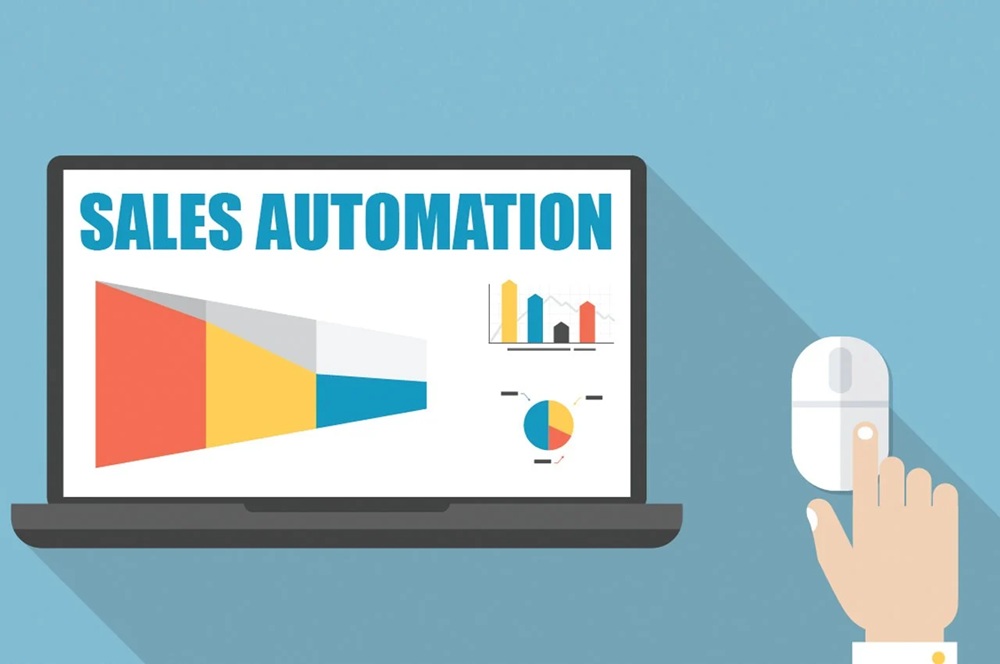Sales automation technology handles repetitive administrative tasks through software-driven execution. It allows representatives to focus on important activities that need human judgment and relationship skills. These tools remove time-consuming manual processes that do not directly create revenue. Multiple automation types manage different parts of the workflow. Comprehensive solutions combine many automation features. Meetings can be scheduled, data entry removed, proposals created, and follow-up reminders created. Routine tasks can be completed in dozens of hours less time when these tools are combined.
Email sequence automation
Initial outreach sequences provide multiple follow-ups over several days or weeks. This keeps contact consistent without requiring a representative to remember each message. The recipient’s name, company, or other specific details can be automatically included with personalisation tokens. The result is that every email appears to be written individually, even though it is sent automatically. Template libraries store effective messages for common situations and allow assembling sequences quickly from tested components. A/B testing splits audiences automatically to compare different subject lines or message content. This helps identify which variations get higher open rates or better responses. Engagement tracking monitors email opens, clicks, and replies. When a prospect responds, the system stops sending further messages. This prevents sending automated emails after a human conversation has started. The salesolution ensures outreach remains consistent and persistent. Manual sending cannot maintain this level of follow-up across large numbers of prospects.
Calendar scheduling tools
Prospects can schedule meetings on their own without the need for email coordination. The back-and-forth regarding availability is removed by using this method. Representatives share their personal scheduling links with prospects. Buffer settings prevent back-to-back scheduling and define working hours. Meeting type templates create standard durations and descriptions for common appointment types.
- Automatic timezone detection prevents scheduling confusion across geographies
- Confirmation emails with calendar invitations auto-send upon booking
- Reminder sequences reduce no-show rates through automated notifications
- Rescheduling capabilities let prospects modify appointments independently
- Video conferencing links auto-generate for virtual meetings
Round-robin assignment distributes incoming meeting requests across team members, balancing workload. Qualification criteria ensure only qualified prospects access scheduling while filtering unqualified contacts. The scheduling automation eliminates coordination overhead that previously consumed significant email exchanges and calendar juggling.
Data enrichment services
Job title verification confirms current roles, detecting when contacts have changed positions. Company data enrichment adds firmographic details, including employee counts, revenue estimates, technology stacks, and funding information. Social profile linking connects LinkedIn, Twitter, or other social accounts to CRM contacts. The automated enrichment maintains data quality without manual research across multiple information sources. Scheduled refresh processes periodically update records, detecting employment changes or company evolution, keeping databases current. Sales automation tools reducing manual workload include email sequence automation, eliminating repetitive outreach. There is no need to send each message in order to maintain communication manually. It is easier to schedule meetings efficiently without constant back and forth using scheduling tools. These technologies reclaim representative time previously consumed by administrative overhead. The automation enables sales teams to focus energy on activities requiring human capabilities, like relationship building, negotiation, and consultative selling, that actually close deals.

